Vietnam needs extra 368 billion USD to achieve net zero emissions
Hanoi - As the energy industry has a crucial role in achieving net zero emissions by 2050, it requires a structural transition toward green growth. Therefore, Vietnam needs assistance from developed countries regarding both financial and technical issues.
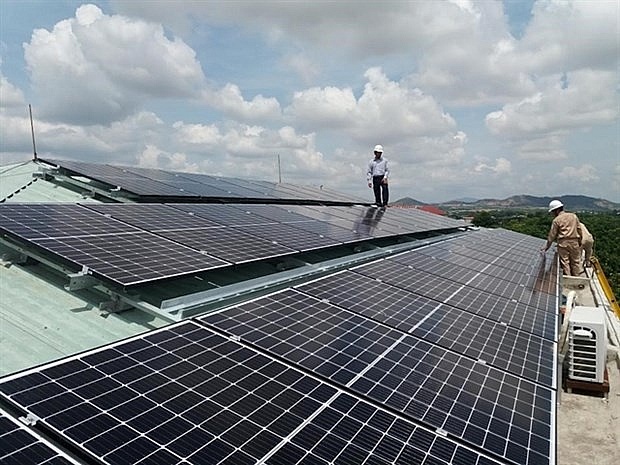 |
| Workers checking a roof top solar system (Photo: VNA) |
To detail the national green growth strategy, the Prime Minister on July 22 approved the national action plan on green growth for 2021-2030 with four important goals. The goals are to reduce greenhouse gas emissions per GDP, to green economic sectors, to green lifestyles and promote sustainable consumption, and to green the transition on the principles of equality, inclusion, and resilience.
Speaking at the conference on the impact of COP26 on the energy transition towards green growth launched on August 17, Nguyen Thi Bich Ngoc, deputy minister of the Ministry of Planning and Investment, said that resources are the biggest problem in realising the goals of the energy transition and moving towards the net zero emissions target by 2050.
According to the World Bank’s calculation, to achieve net zero emissions, Vietnam needs an additional 368 billion USD during 2022-2040, approximately 6.8% of GDP each year.
Of which, the building resilience process alone will account for about two-thirds of this amount because a significant amount of capital needs to be mobilised to protect assets and infrastructure as well as vulnerable populations.
The cost of the decarbonisation roadmap is mainly derived from the energy sector, including the expense of investing in renewable energy and managing the transition away from coal, which could cost about 64 billion USD during the 2022-2040 period.
"Thanks to the fast growth of renewable energy and fuel swap of thermal power plants, the CO2 emissions of the power development plan revision after COP26 have decreased sharply," said Hoang Tien Dung, director of the Electricity and Renewable Energy Department under the Ministry of Industry and Trade (MoIT).
CO2 emissions will peak in 2031 - 2035 at 231 million tonnes, then decline gradually. By 2045, CO2 emissions fall to about 175 million tonnes, which means about 208 million tonnes of CO2 reduction compared to pre-COP26 alternatives. By 2050, it is estimated that CO2 emissions from the power generation sector will be about 40 million tonnes per year, helping Vietnam meet its commitment at COP26 of net zero emissions by 2050.
Attending the event, Dang Hoang An, deputy minister of MoIT, said that the energy transition is not only the internal issue of the energy sector, but the transition of the whole economy from an energy-intensive model to one that is energy-efficient.
Electricity and energy demand will continue to grow along with the industrialisation and modernisation of the country’s economy in the future, calculations from the MoIT showed. It is a challenge to meet the growth rate.
Therefore, the most important mission now is to build a suitable, feasible, and sustainable development strategy.
“I would like to stress the importance and urgency of cooperation in research and development of energy science and technology on a global scale, especially technology for large-scale power generation from new primary sources such as hydrogen, ammonia, advanced energy storage technology, and CO2 absorption and storage technology,” An said, adding that it is necessary to raise awareness of the urgency of economical and efficient use of energy in all sectors of the economy.
Ngoc also proposed five ideas related to the energy transition in the future. The first is to carefully calculate the roadmap for the green and sustainable transition to ensure national energy security.
Secondly, during the transition, it is necessary to reduce its impact on vulnerable groups, especially the effect of higher electricity bills on poor households and the transfer or job loss of workers in industries and fields such as fossil energy to renewable energy.
Third, all parties involved in the transition are responsible for it. Four, completing the transition requires the support of finance and technology from developed countries.
Lastly, during the process of implementing the energy transition, it is necessary to effectively carry out assessment, inspection, supervision, and related sanctions to limit and reduce investment, have alternative routes, and close polluting production facilities and high-carbon infrastructure.
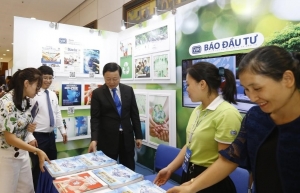 | Vietnam primed for circular and sustainable advancement We only have this planet to live on and need to transition to a circular economy (CE) now, asserted the Ministry of Natural Resources and Environment (MoNRE) at the Conference for the National Action Plan on Circular Economy on June 28, which provides the groundwork for establishing concrete missions towards sustainable development in Vietnam. |
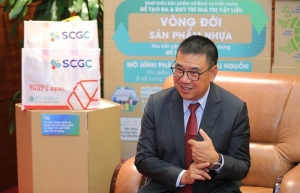 | Attempting to balance green ideas with profit The circular economy is essential for all businesses as well as people. Roongrote Rangsiyopash, president and CEO of SCG told VIR’s Nguyen Huong how this company collaborates with relevant partners to promote this kind of development model and aim for net zero emissions. |
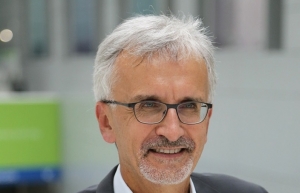 | Can Vietnam achieve its goals on net-zero emissions? Vietnam’s economic achievements have been impressive over recent decades but greenhouse gas emissions have risen alongside them. Patrick Lenain, former assistant director at the Organisation for Economic Co-operation and Development, looks at the carbon market for this country moving forward as it tries to meet major emission-reducing targets. |
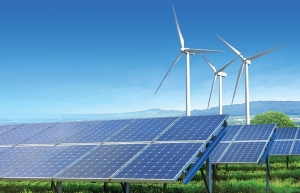 | Realising Vietnam’s just energy transition Vietnam is set to achieve net-zero by 2050. The announcement by Prime Minister Pham Minh Chinh at COP26 in Glasgow was a turning point in the country’s journey to sustainable development. The seriousness of intent and purposeful planning towards this net-zero commitment, with related pledges on reforestation and phasing out coal, has established Vietnam as a leader in the global effort to reduce carbon emissions and limit the negative impact of climate change. |
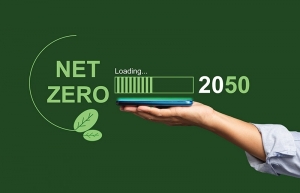 | Nation’s net-zero aim given strategic boost Vietnam’s fresh national climate change strategy, which highlights a crucial energy transition, will help the country reduce greenhouse gas emissions and fulfil its international commitment. |
 | How F1 is helping Vietnam strive for a sustainable future Recent interviews with F1 technical director Pat Symmonds and F1 managing director Ross Brawn now reveal the next step that F1 is going to take towards its sustainable future: developing a fully sustainable fuel solution based on biomass fuel for 2026, alongside global sponsor ARAMCO. |
What the stars mean:
★ Poor ★ ★ Promising ★★★ Good ★★★★ Very good ★★★★★ Exceptional
Related Contents
Latest News
More News
- Heavy industries set for pilot greenhouse gas quotas (December 25, 2025 | 10:00)
- Swedfund invests in MSME growth and climate action in Vietnam (December 19, 2025 | 11:42)
- GreenYellow brings solar energy to light up remote schools in Tuyen Quang province (December 19, 2025 | 08:00)
- Charge+, Grab partner to develop EV charging network in Vietnam (December 18, 2025 | 17:11)
- Linking sci-tech and innovation to Vietnam’s net-zero future (December 18, 2025 | 14:31)
- Driving double-digit growth through green and circular transformation in Vietnam (December 17, 2025 | 09:00)
- Standard Chartered and ACCA deepen collaboration to develop Vietnam’s talent for a sustainable future (December 15, 2025 | 18:18)
- Schaeffler reports strong early output from Dong Nai solar project (December 12, 2025 | 15:16)
- Forestry conference highlights biodiversity and sustainability goals (December 09, 2025 | 13:35)
- Home Credit honoured among top 10 sustainable companies in trade and services (December 09, 2025 | 12:18)

 Tag:
Tag:




















 Mobile Version
Mobile Version